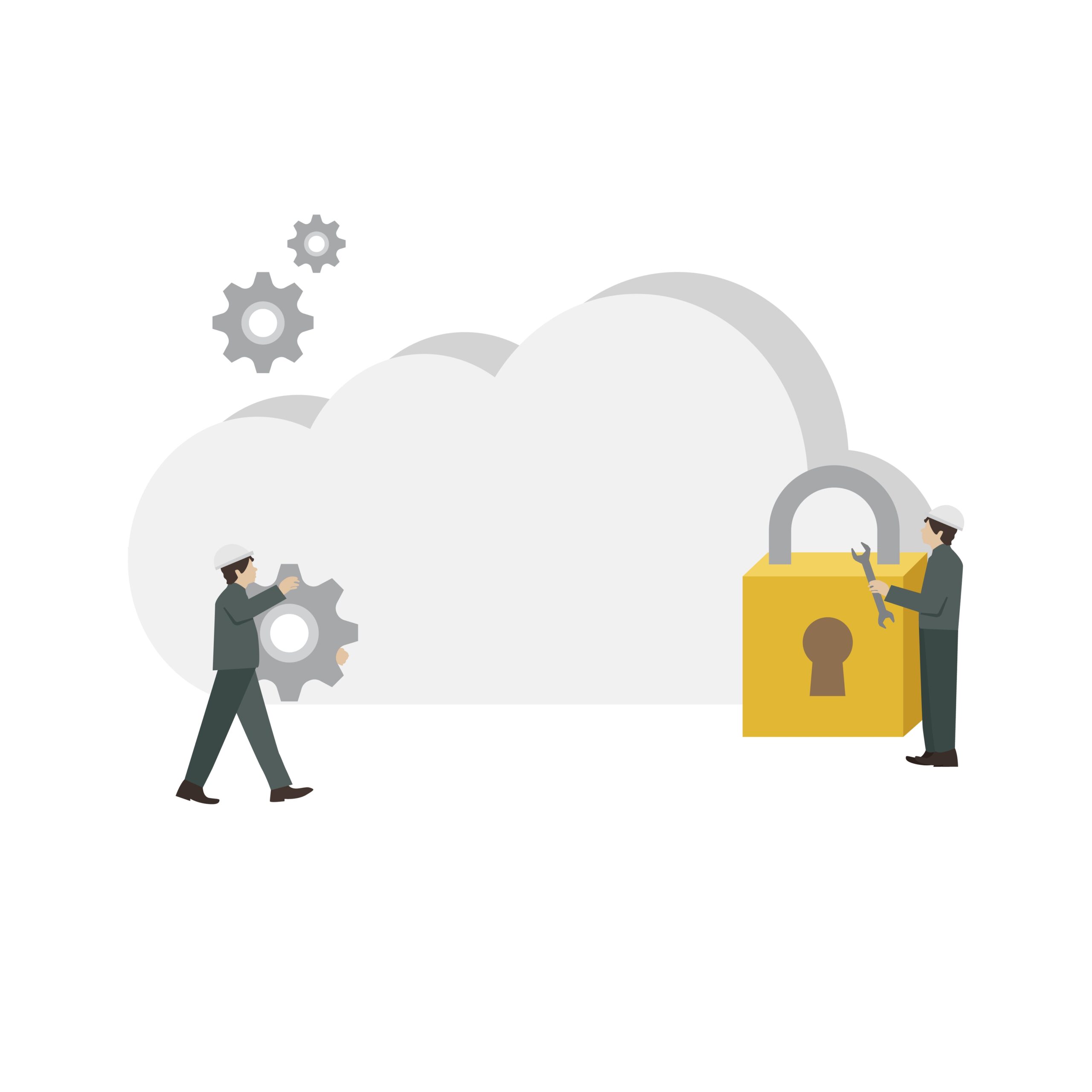
Introduction
Privileged Access Management (PAM) is a technology that enables organizations to manage access to applications and services. It can be used by IT departments for cloud providers, by application administrators for individual applications and services, and even by end users themselves.
Privileged Access Management is a key component of an organization's data security strategy. It enables IT departments to effectively delegate access to different cloud providers, assign granular controls over their users' privileges and enforce these policies across the organization.
Privileged Access Management also helps avoid unintentional leaks of privileged credentials through multiple third-party applications that are used by employees in their daily work. It enables organizations to grant different levels of privilege at different levels of security; it also helps avoid unintentional leaks of privileged credentials through multiple third-party applications. In this post we'll look at five use cases of PAM:
1. IT departments use Privileged Access Management to delegate access to different cloud providers.
Privileged Access Management is a tool that IT departments use to delegate access to different cloud providers. The main use case for privileged access management is when you need to allow users from different departments or locations to access your organization's data and applications. This can be useful if you have multiple cloud services in your organization, such as Amazon Web Services (AWS) and IBM Cloud, which offer their own ecosystems with built-in security features. These ecosystems are separate from one another, but they may share customers who have accounts with both companies' services.
2. Privileged Access Management can enable users to have more granular controls over their access and granular enforcement across the organization.
Privileged Access Management can enable users to have more granular controls over their access and granular enforcement across the organization.
3. Privileged Access Management can create a single control point for granting access to software and services.
Privileged Access Management can create a single control point for granting access to software and services. This is achieved by implementing privileged access management in your organization’s data centers, cloud environments, or on-premises systems.
The benefit of creating one control point is that it enables organizations to:* Single sign-on (SSO) and single sign-off.* Reduce risk by reducing the number of people who have access to sensitive information.* Better manage compliance requirements with cloud service providers who manage information security policies for their customers
4. Privileged Access Management enables organizations to grant different levels of privilege at different levels of security; it also helps avoid unintentional leaks of privileged credentials through multiple third-party applications.
Privileged Access Management (PAM) is a key security feature that enables organizations to grant different levels of privilege at different levels of security. It's also important to understand what privileges are being granted and which applications might be affected by those privileges.
Privileged access management uses a central authentication service that manages all privileged accounts in an organization, including business users and systems administrators who require access to sensitive data or infrastructure components. PAM ensures that only authorized users have access to the information they need while preventing unauthorized individuals from gaining too much power over the network infrastructure—a problem often seen with third-party applications that handle privileged credentials like SSH keys or RSA encryption keys for example..
5. Organizations need to understand what privileges they're granting and the application is using.
Organizations need to understand what privileges they're granting and the application is using.
Privileged credentials can be used to compromise the security of an organization, including:
Conclusion
Now that you've seen five use cases for Privileged Access Management, it's time to implement it in your organization. In this article we've highlighted some of the benefits of using Privileged Access Management, but there are many more. We encourage you to explore our platform and see if it can help your organization get the most out of their privileged credentials.
